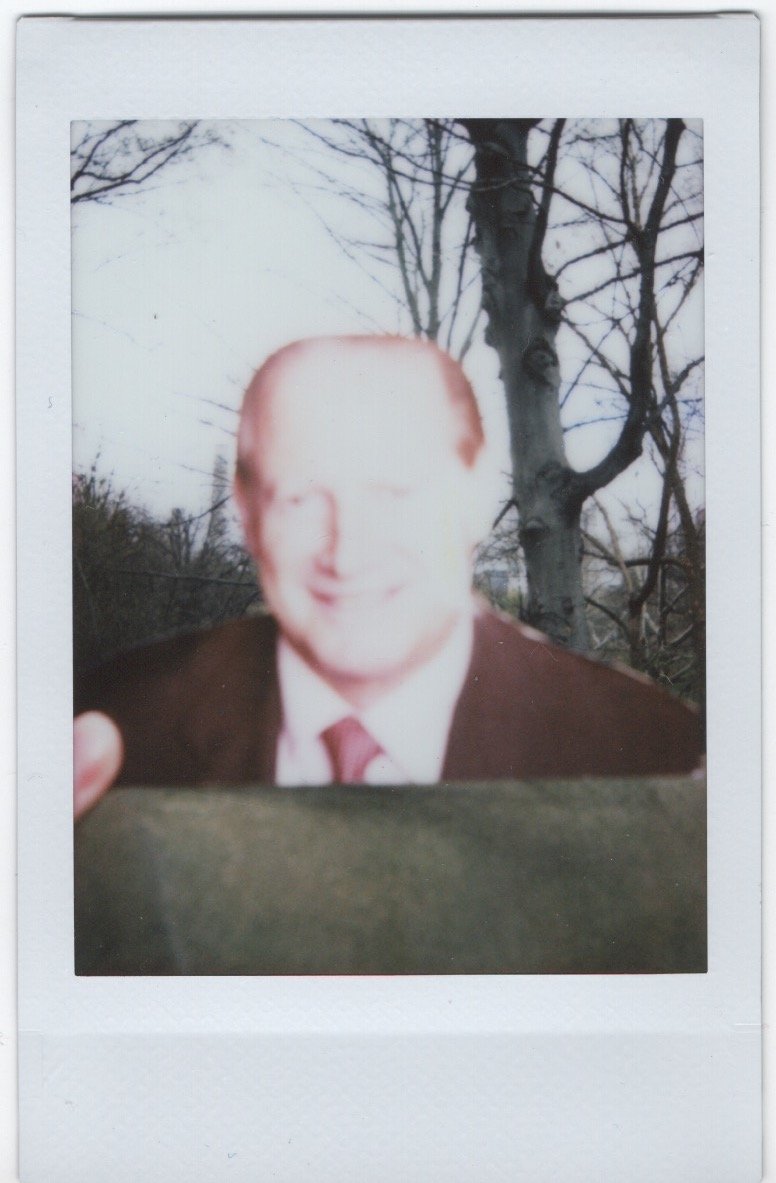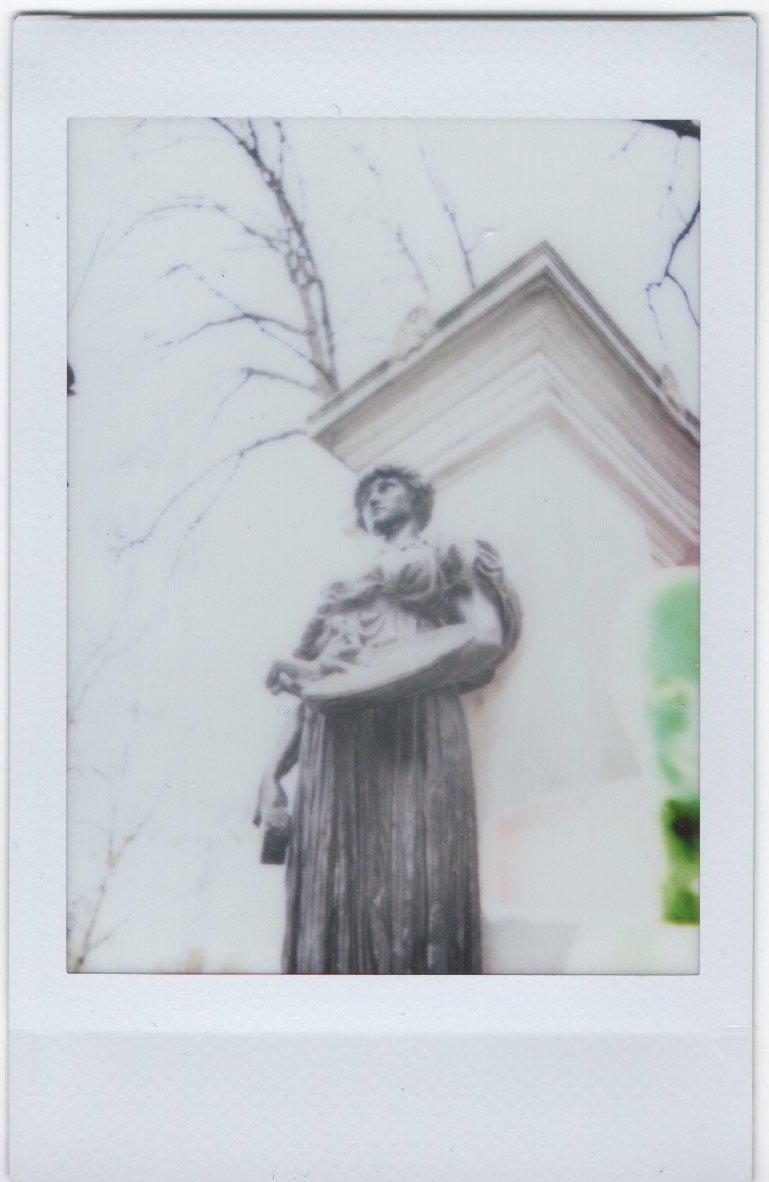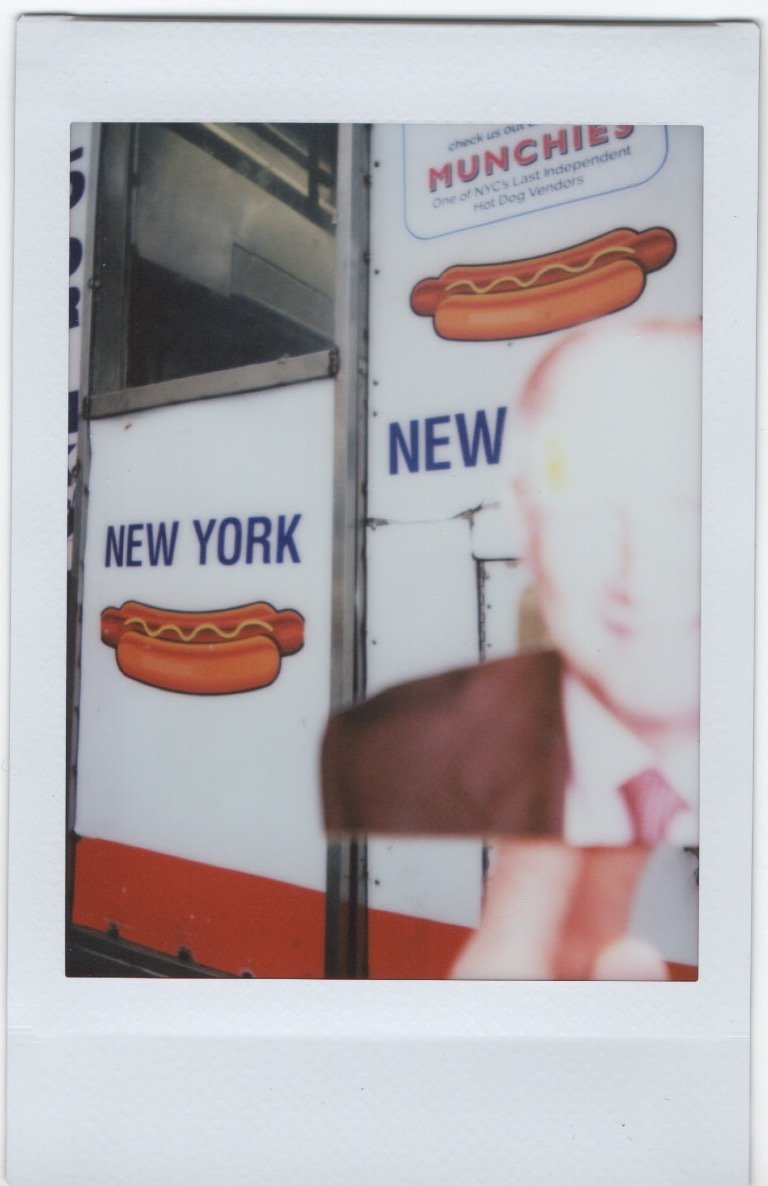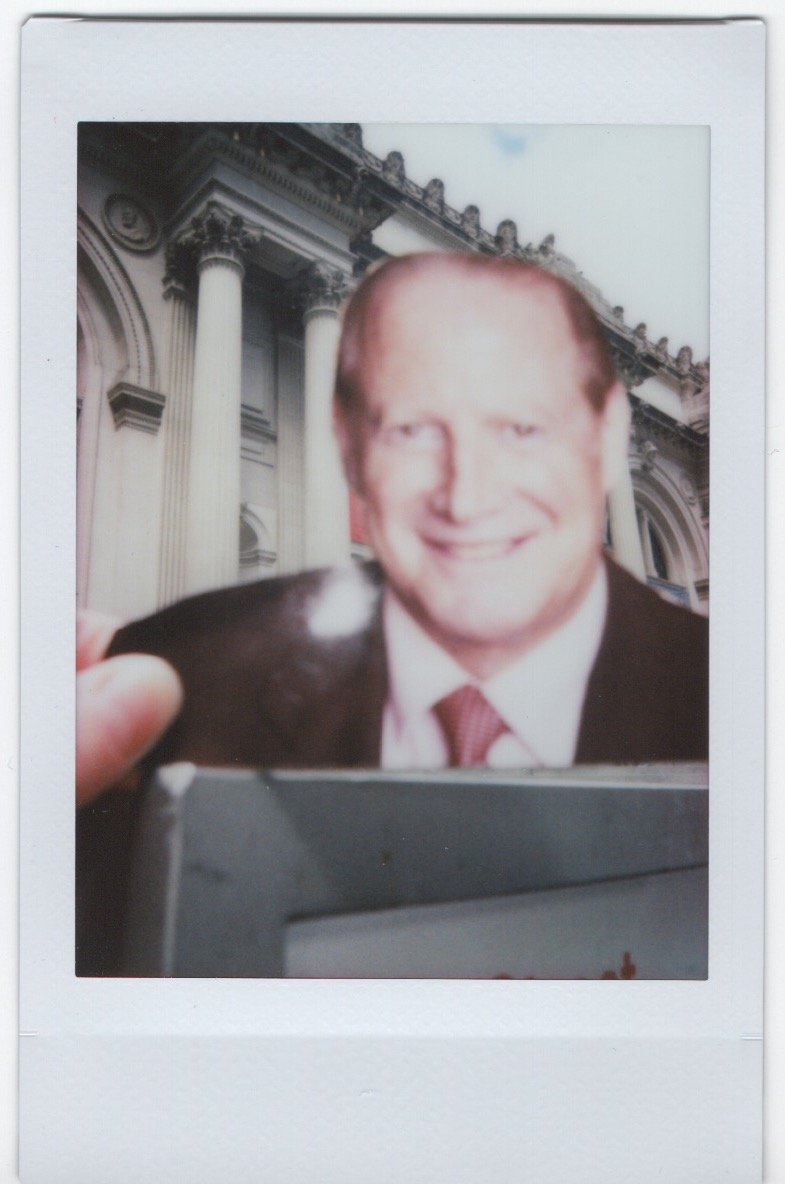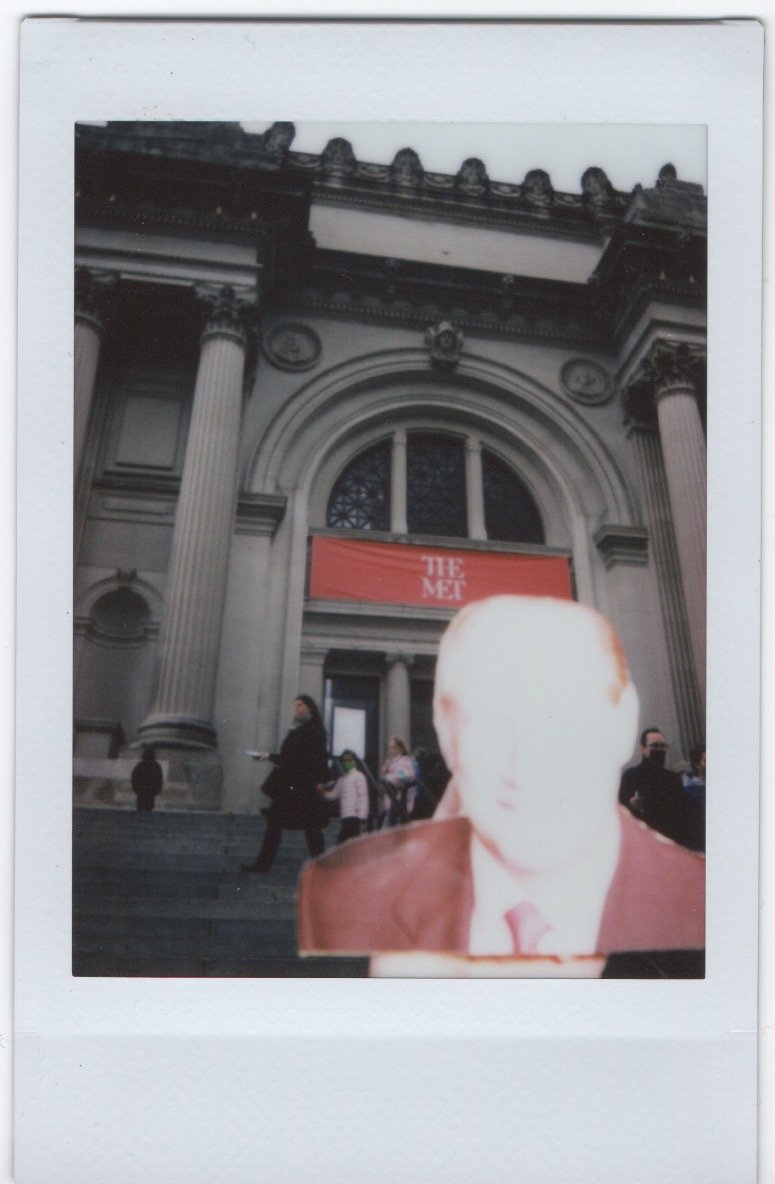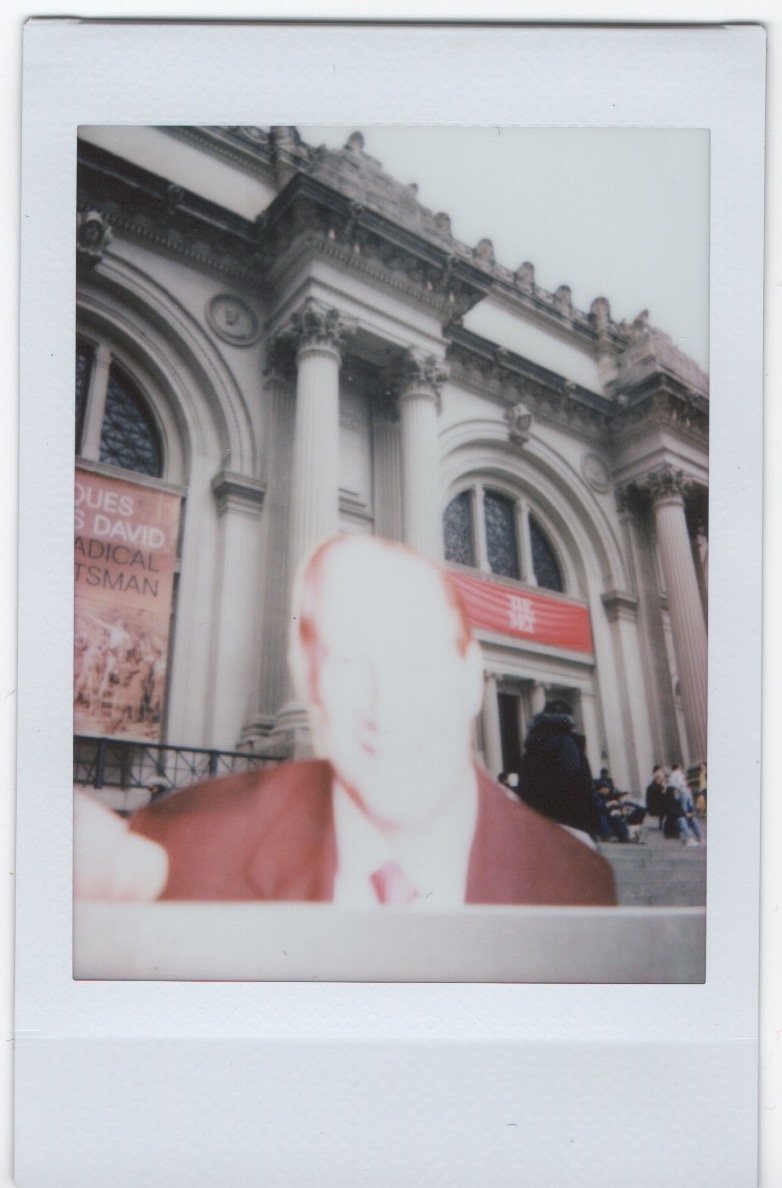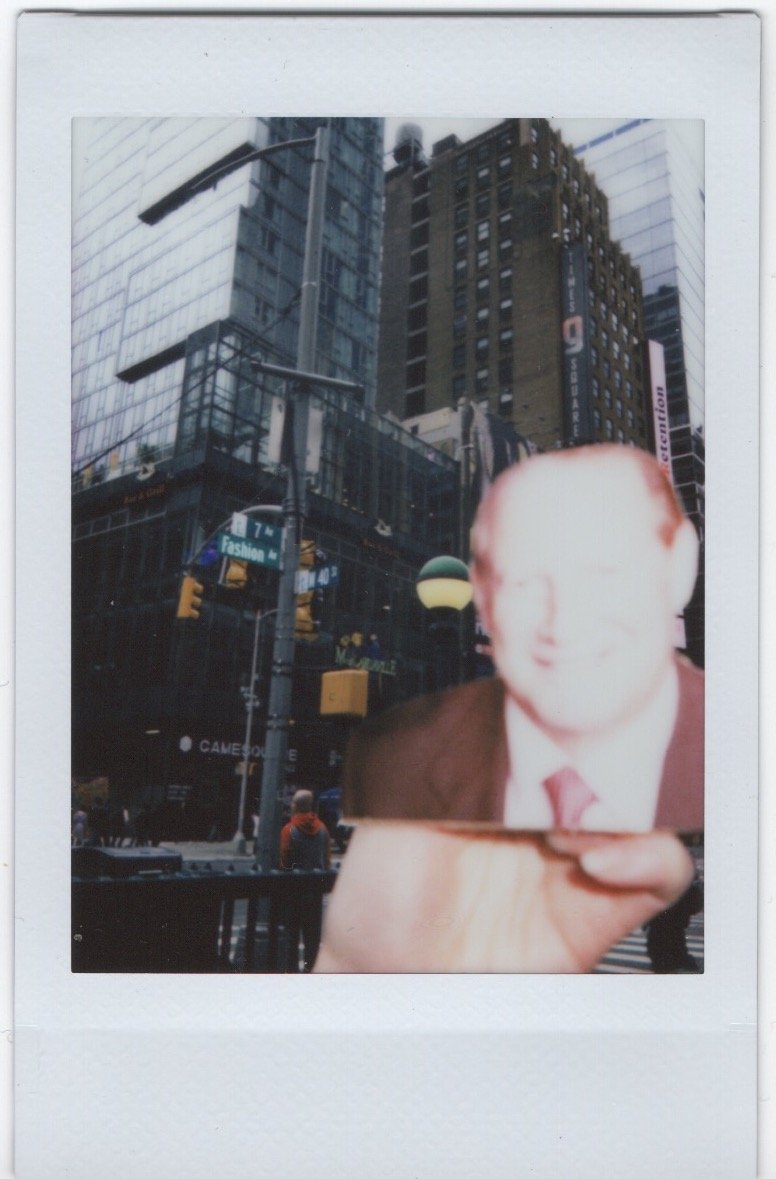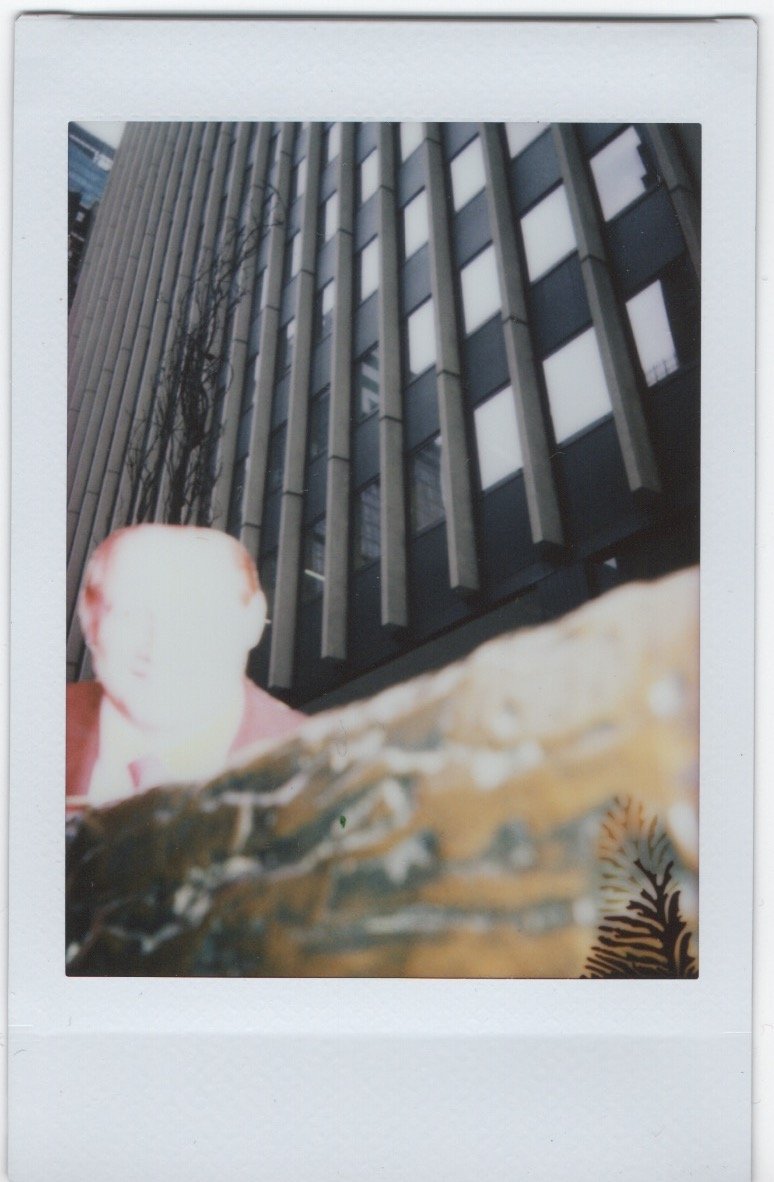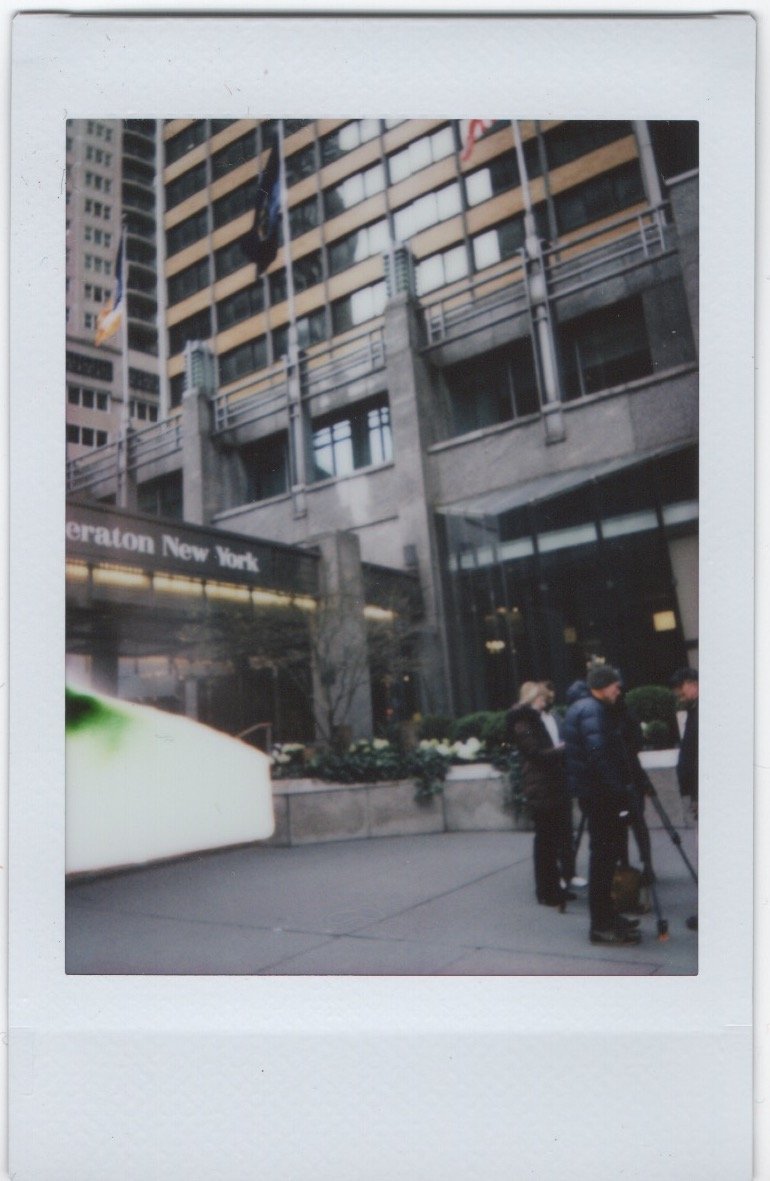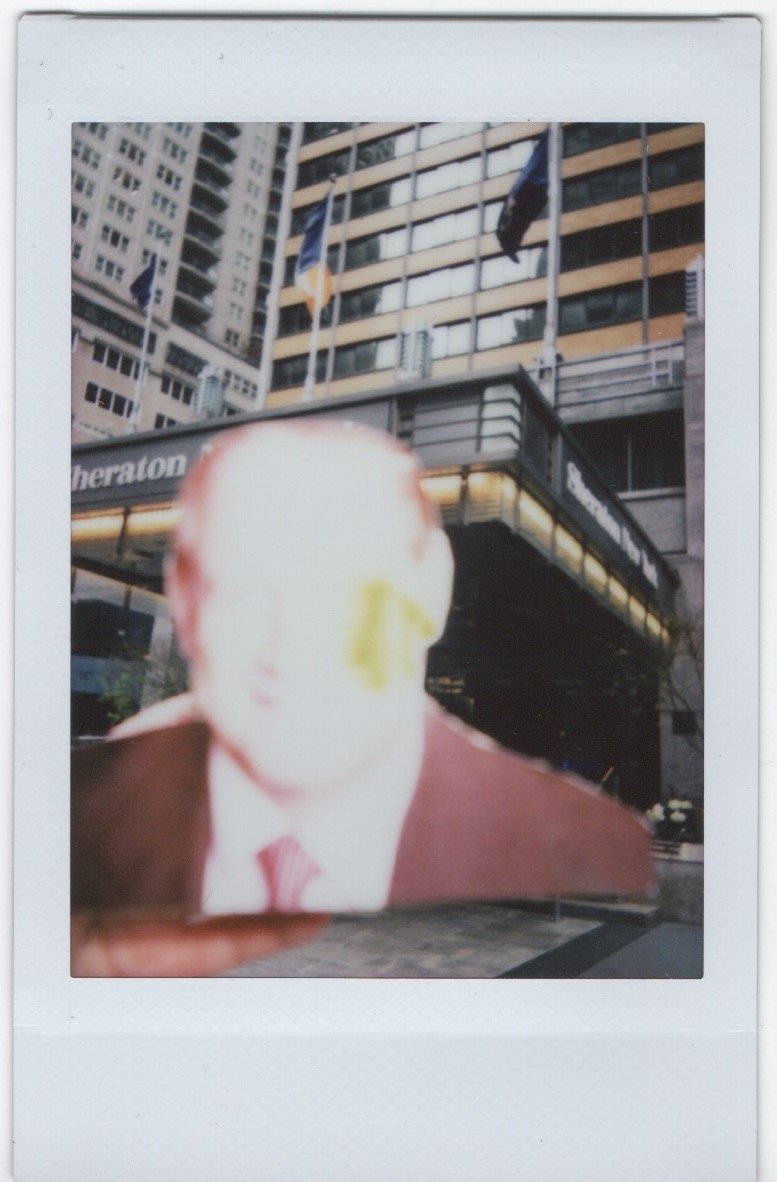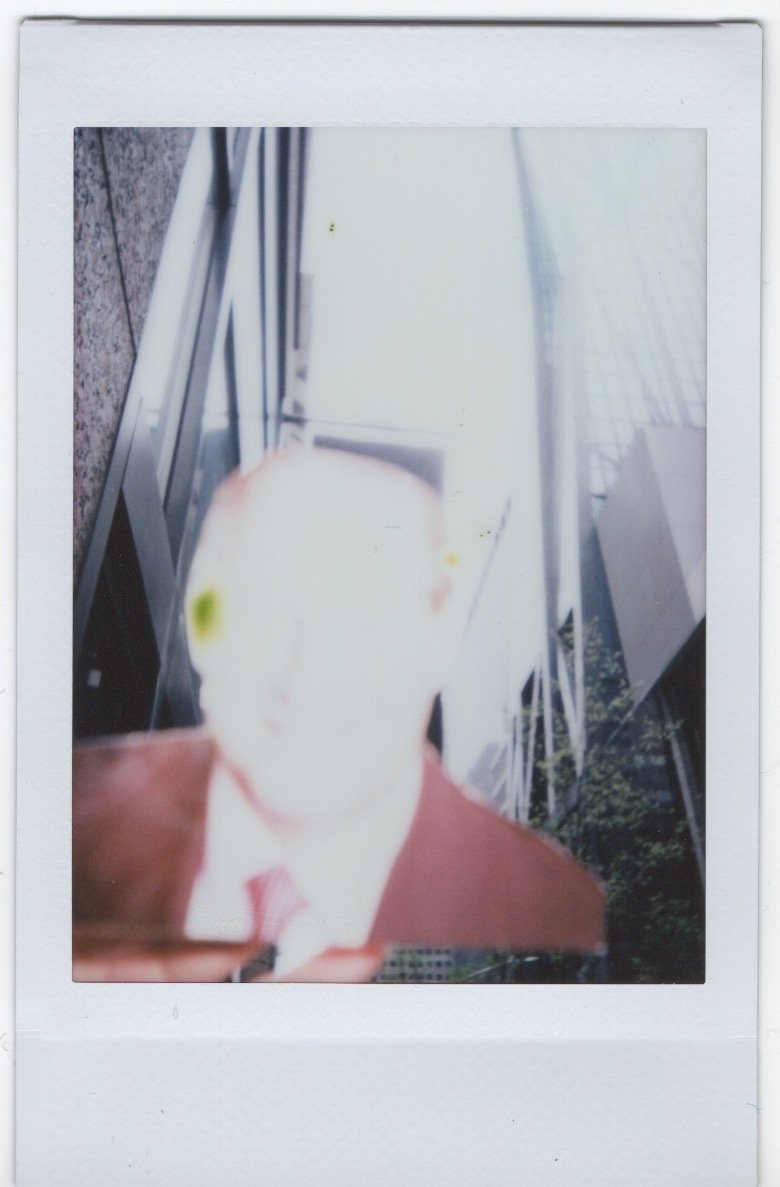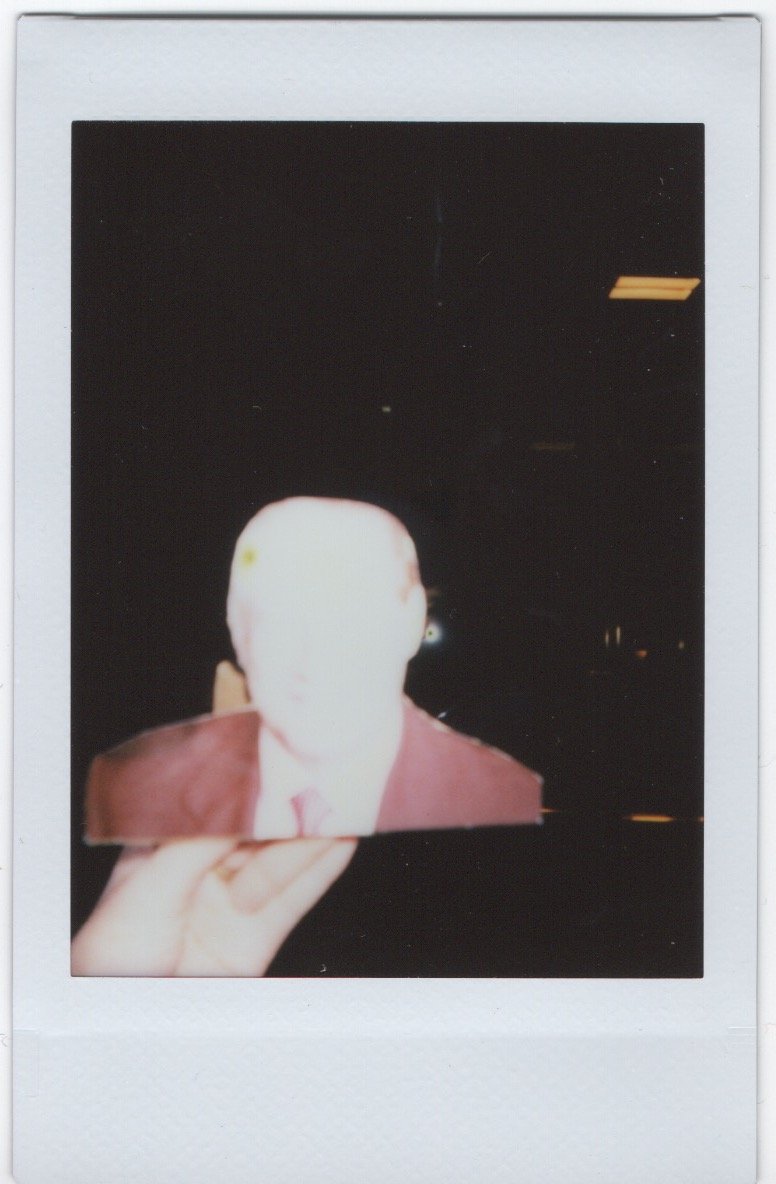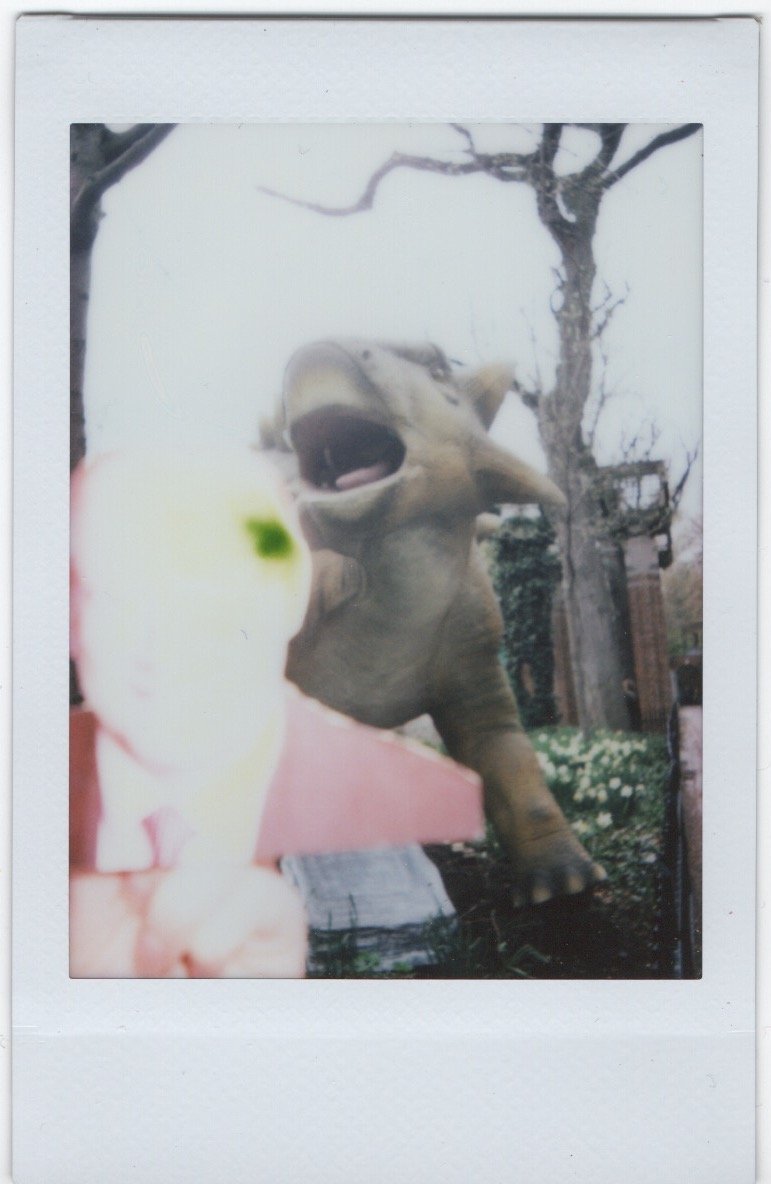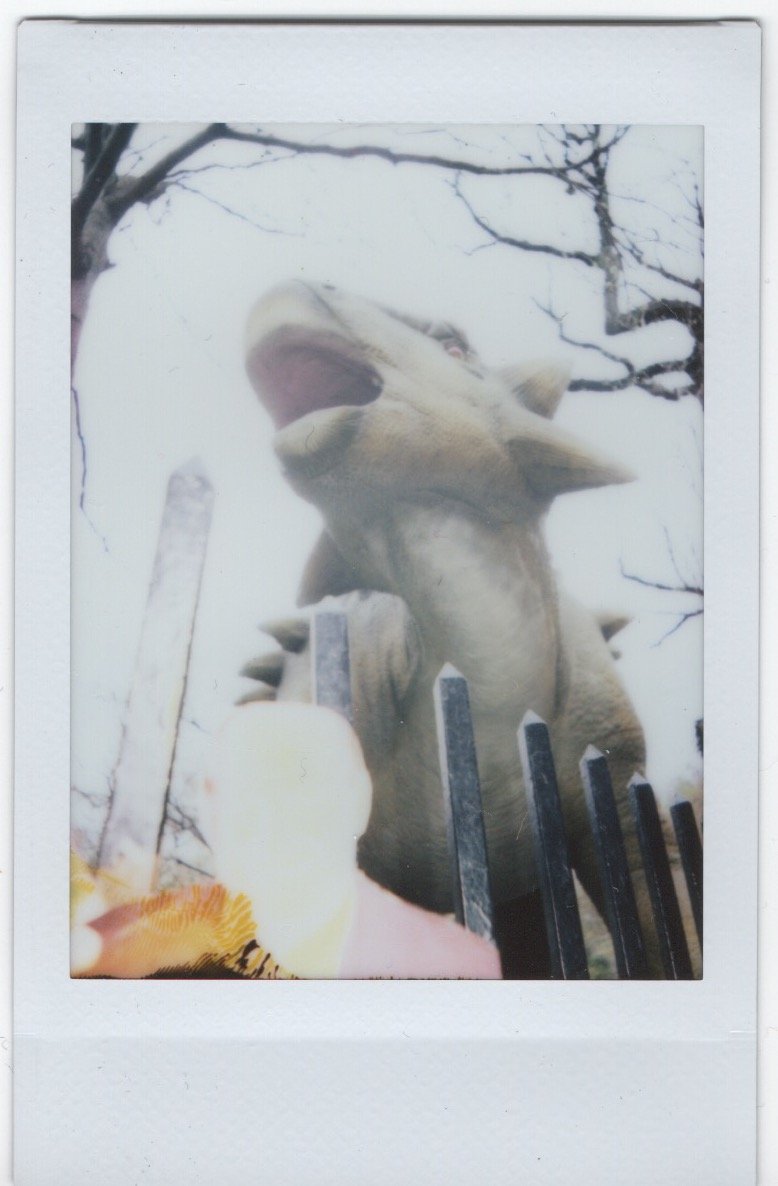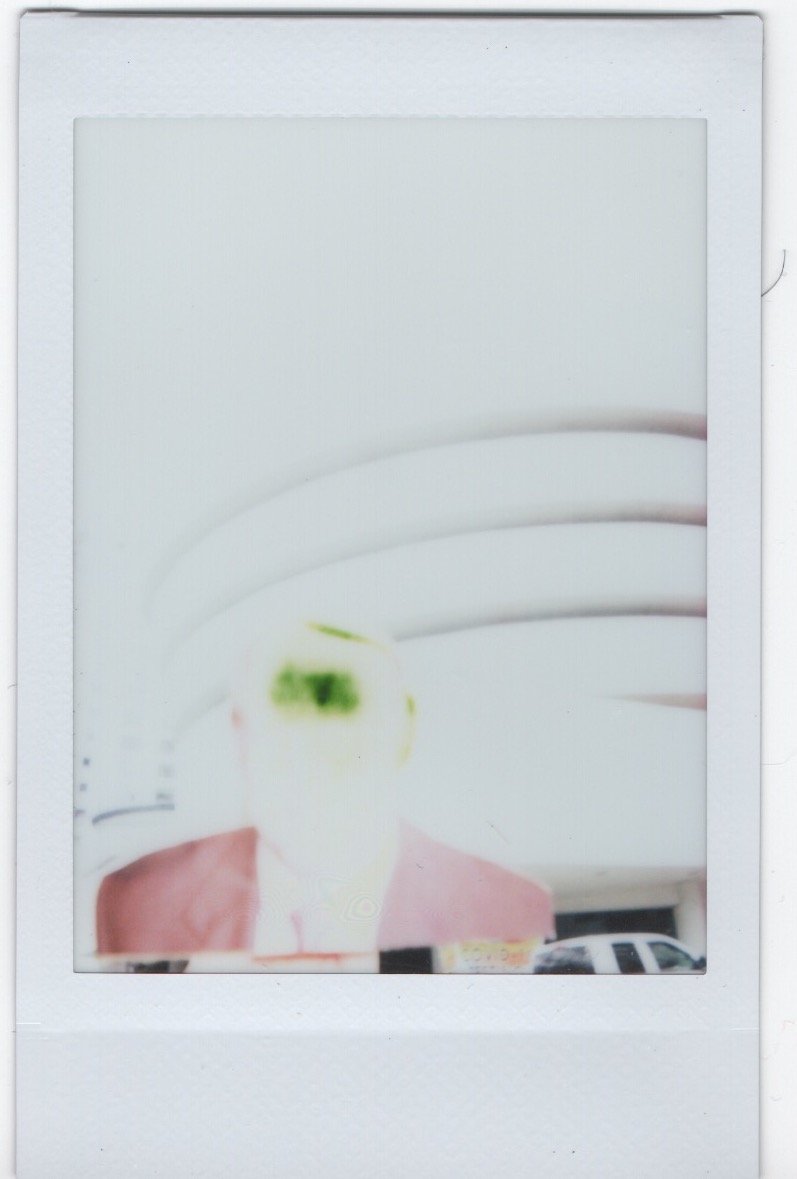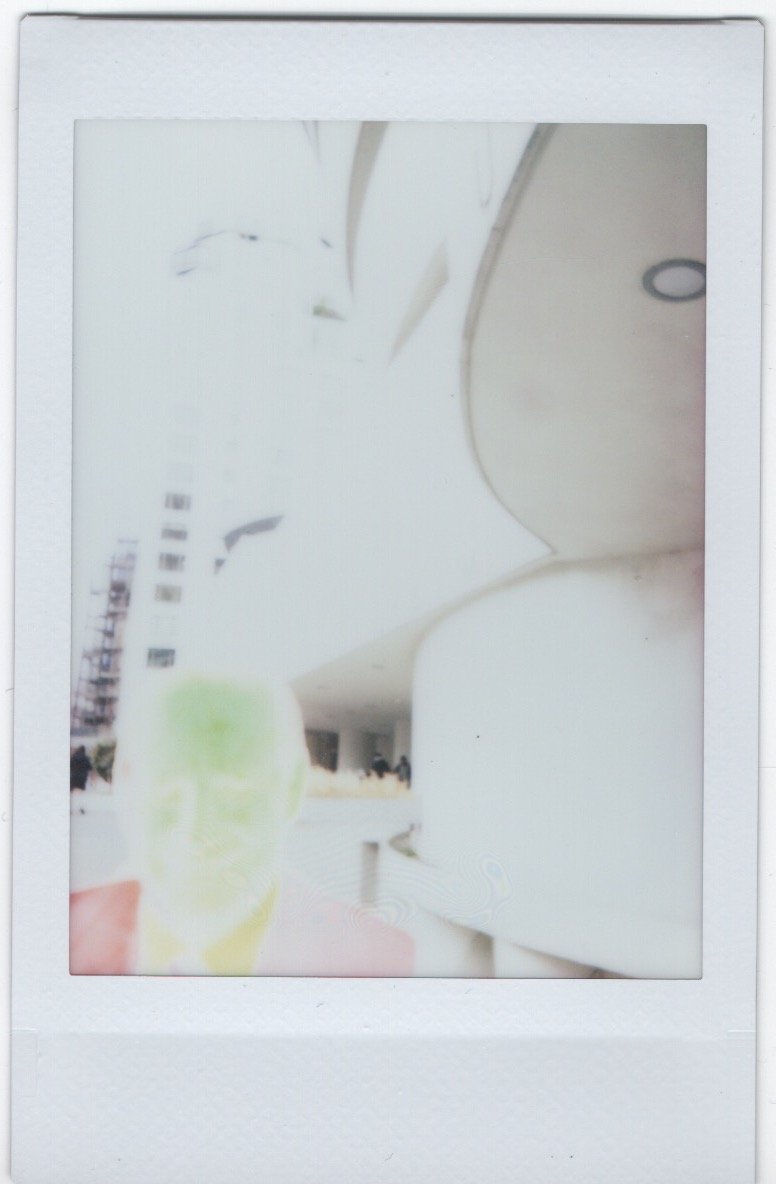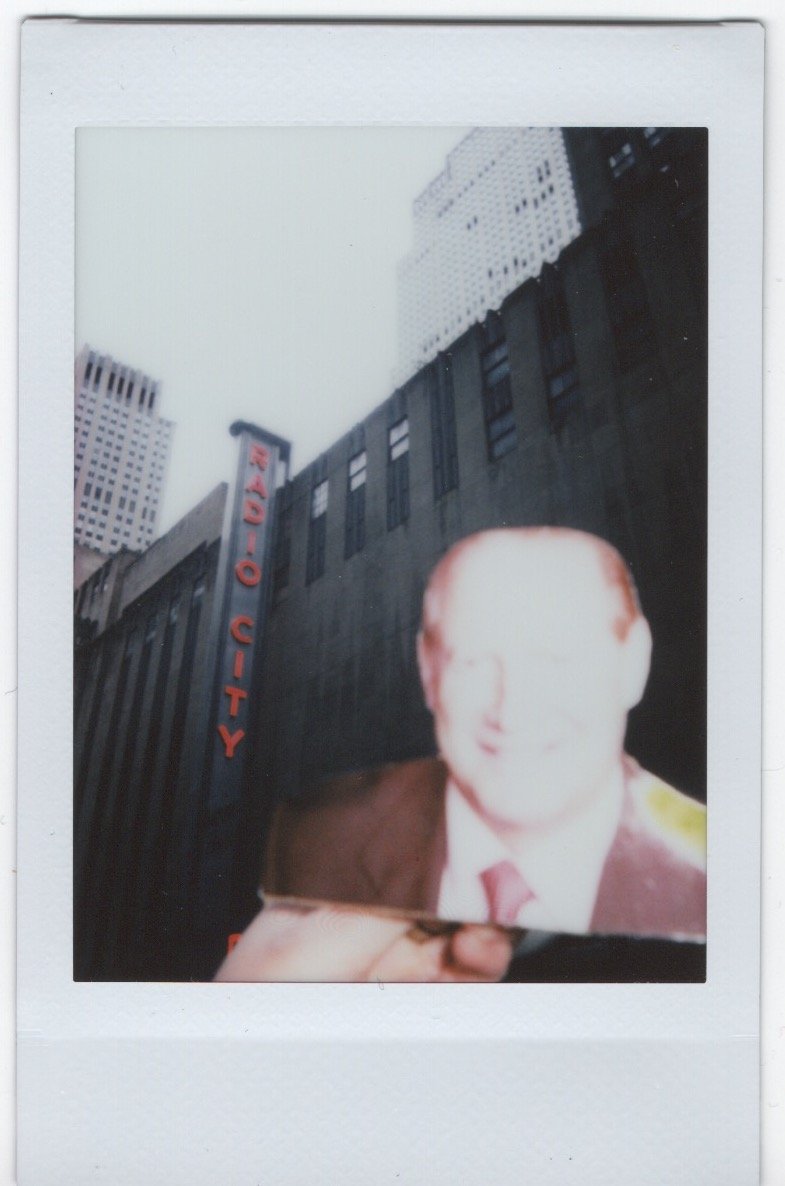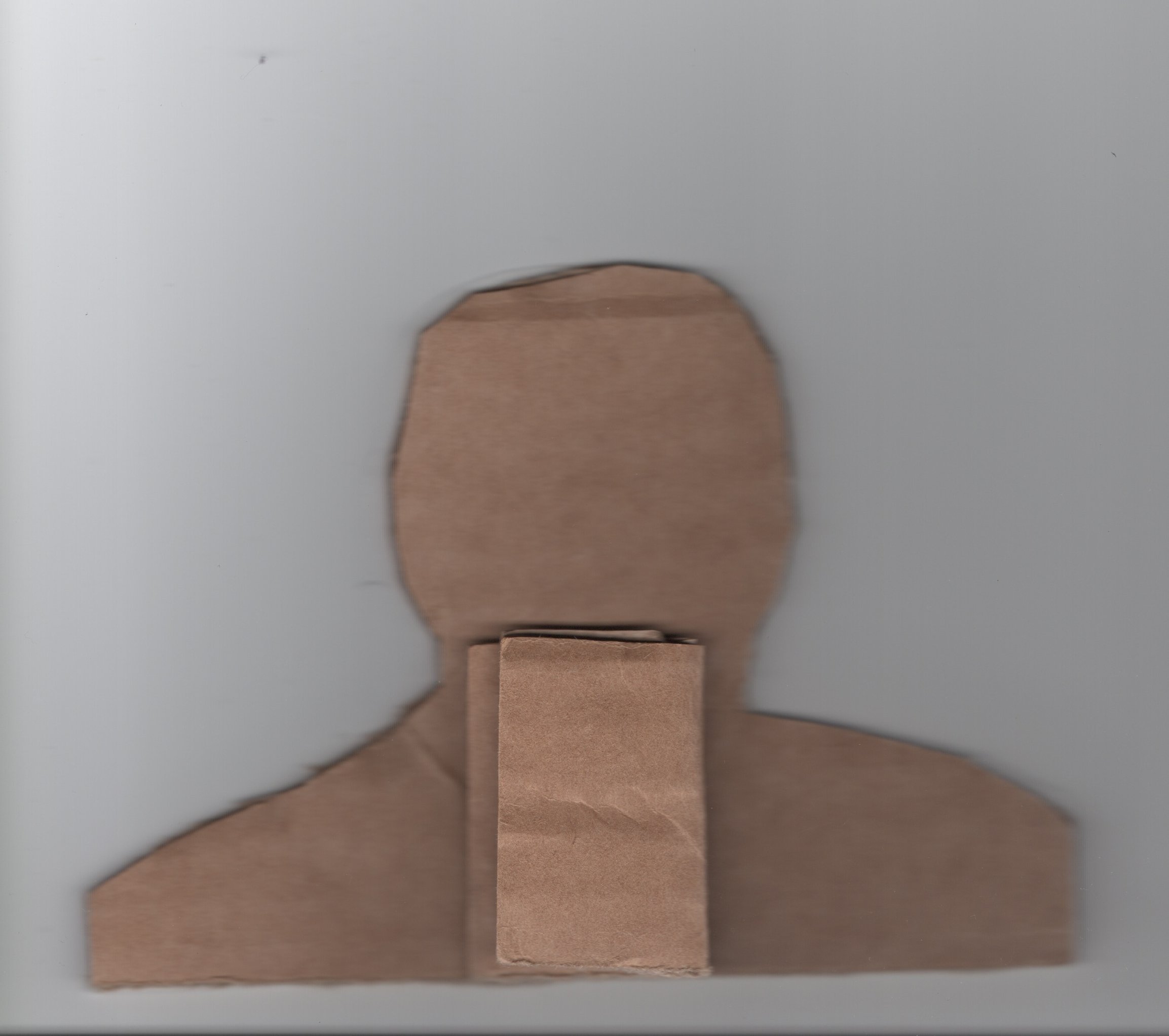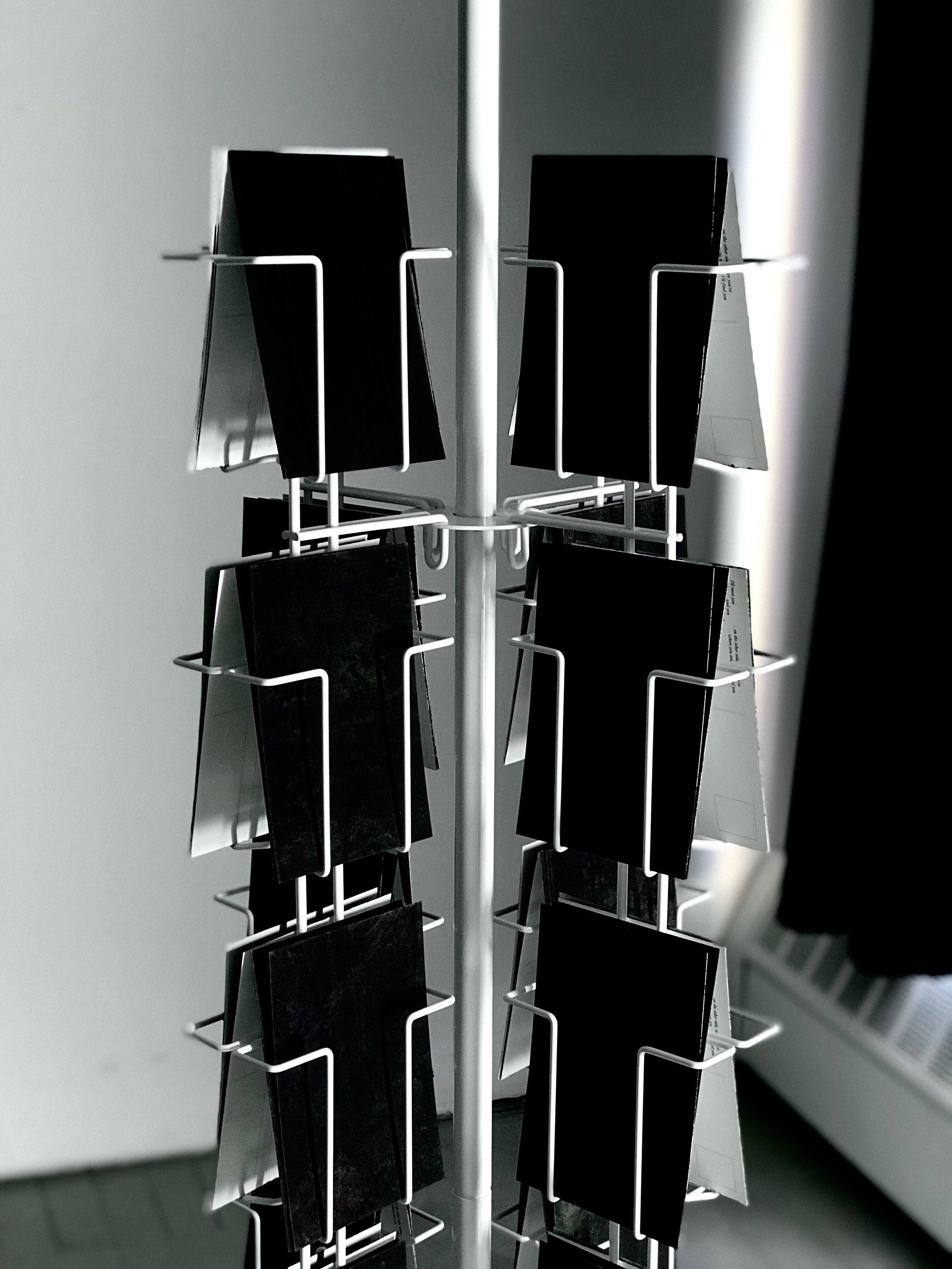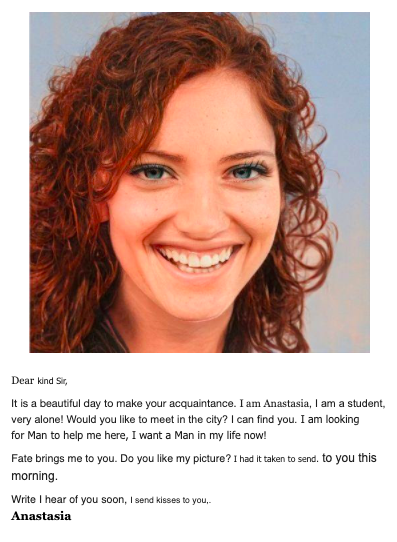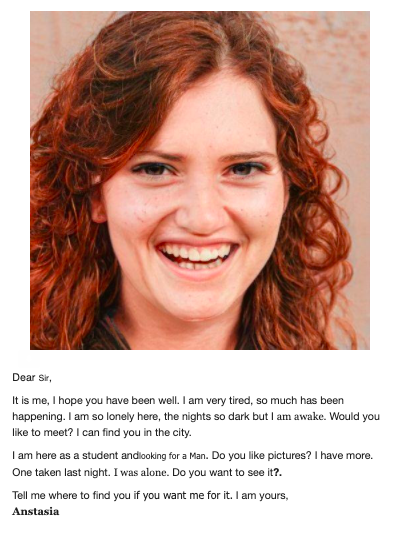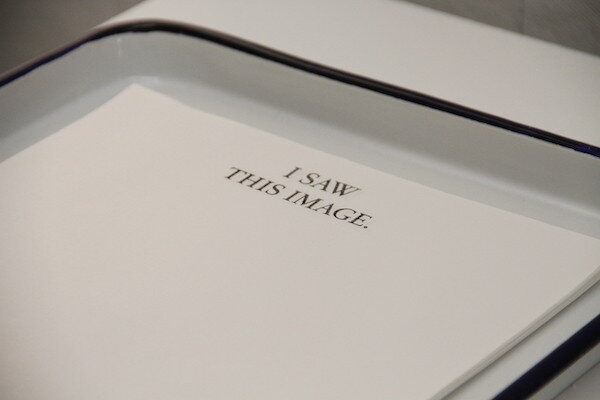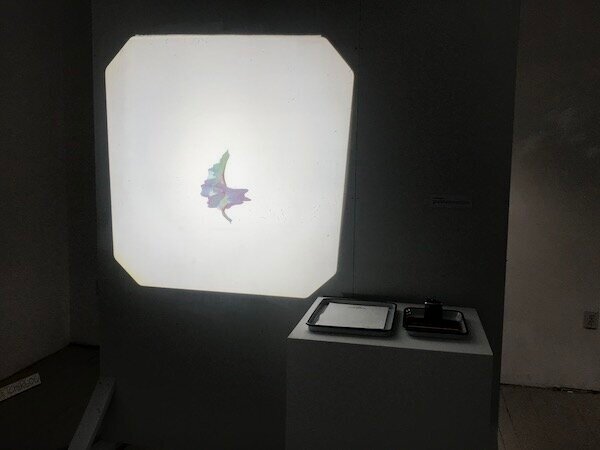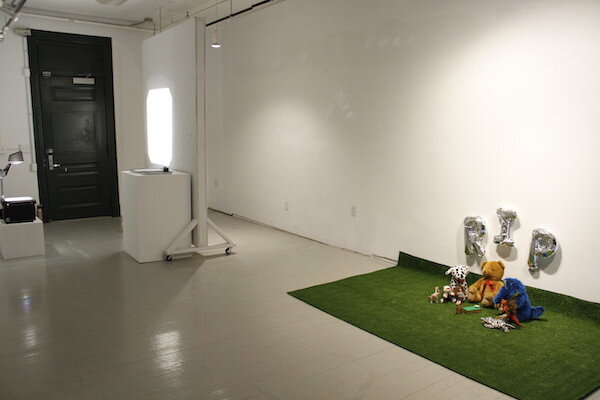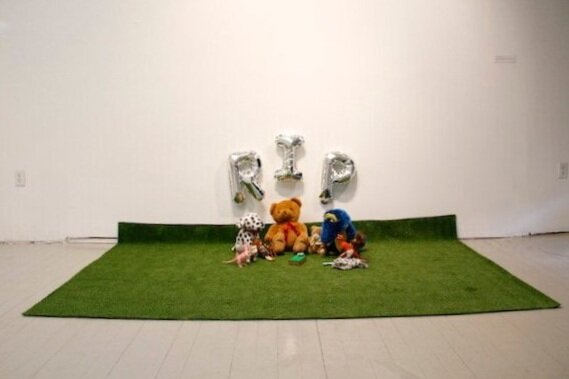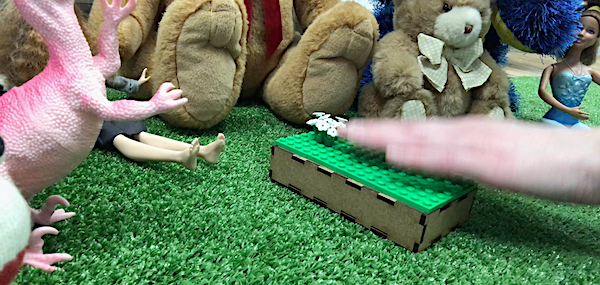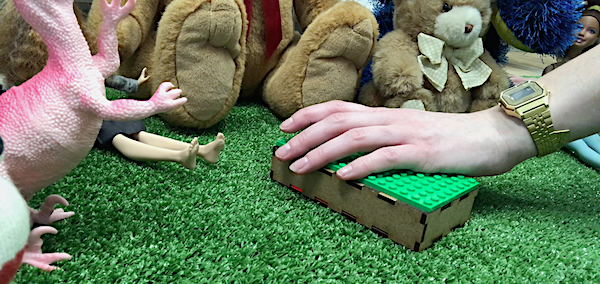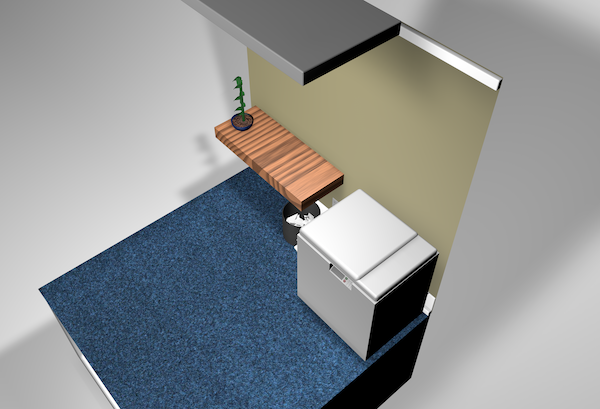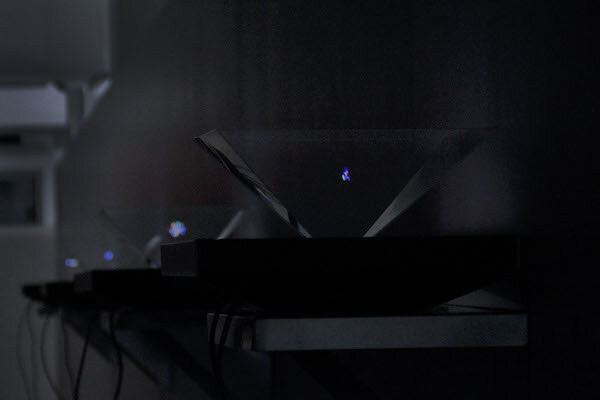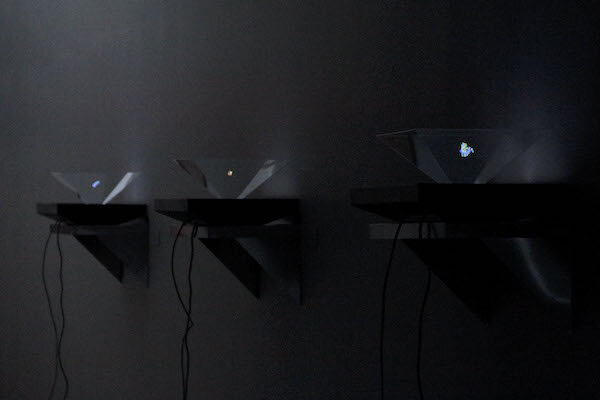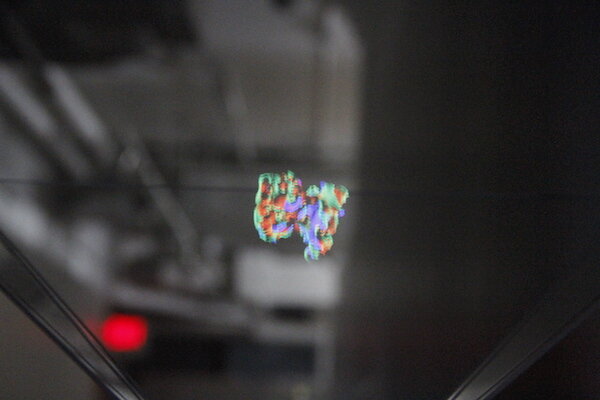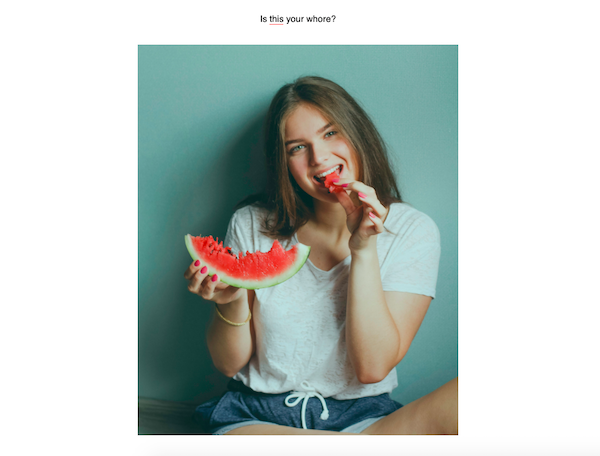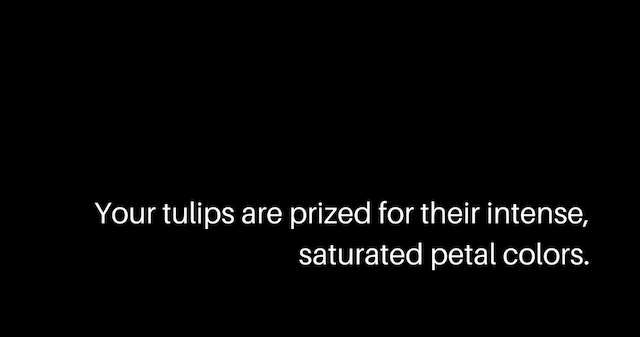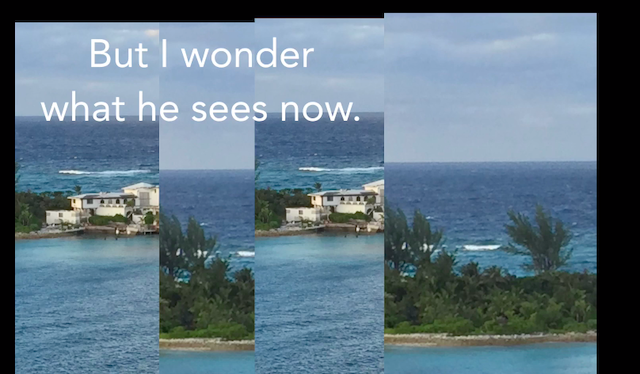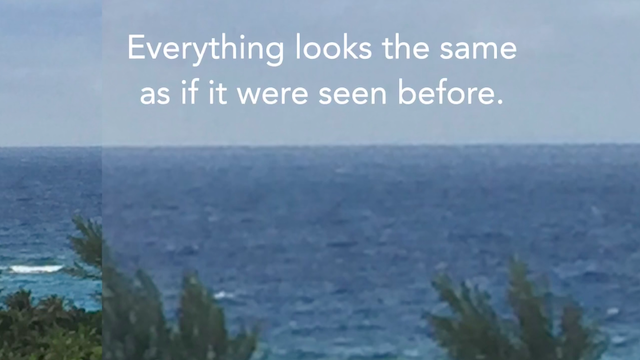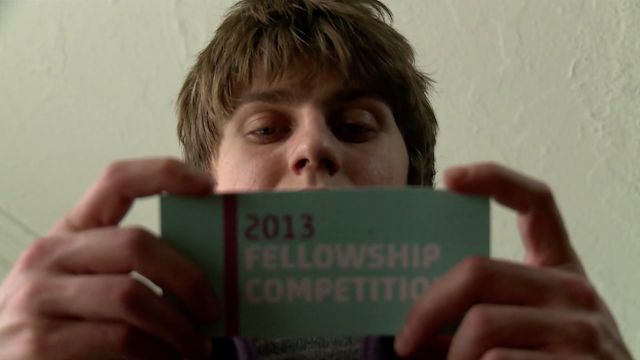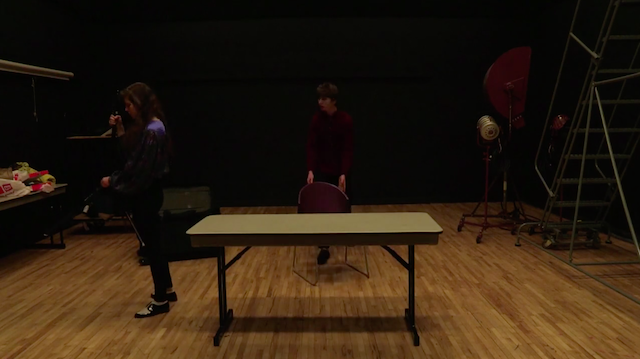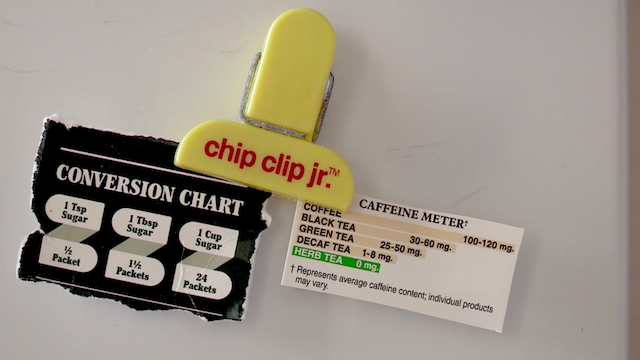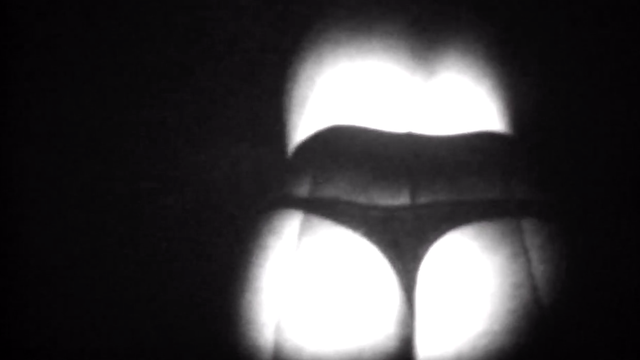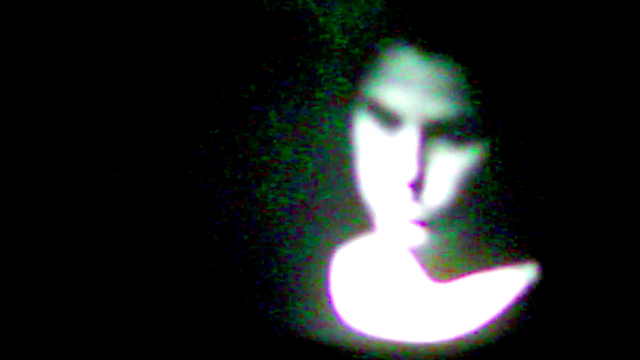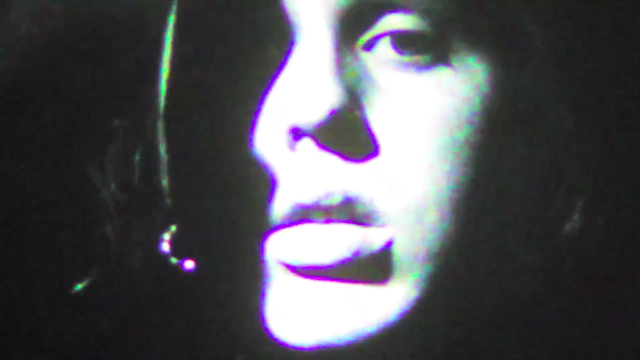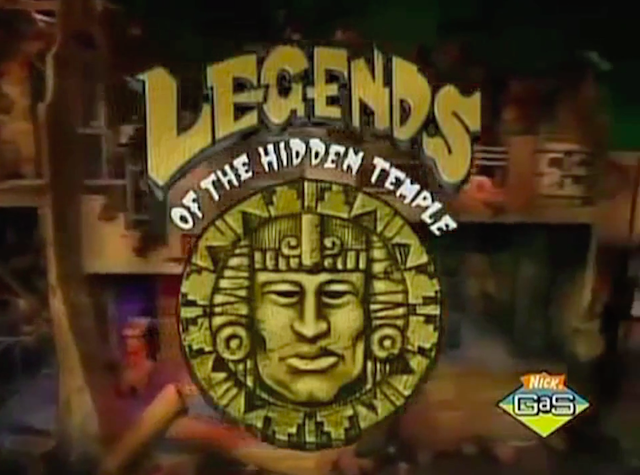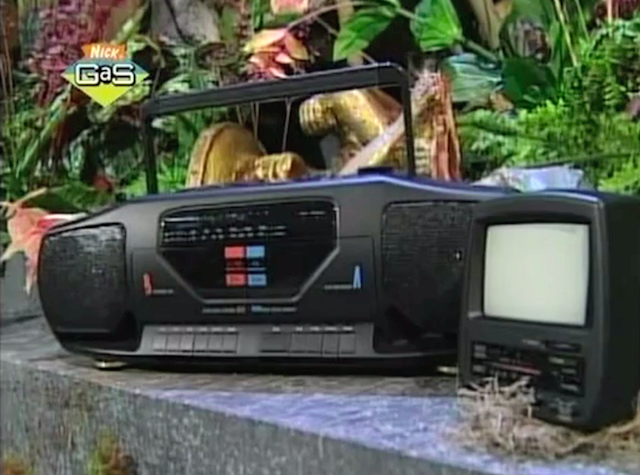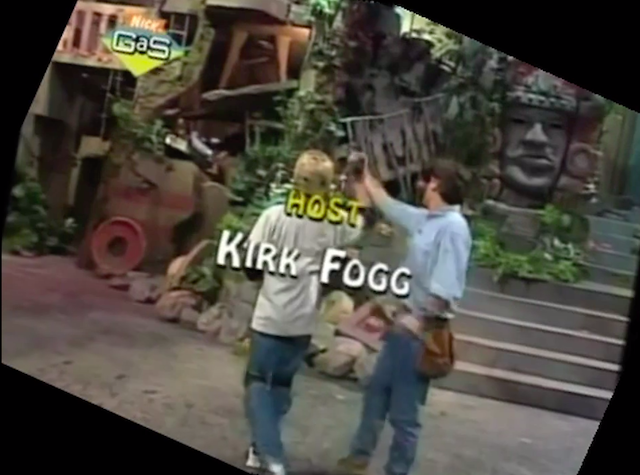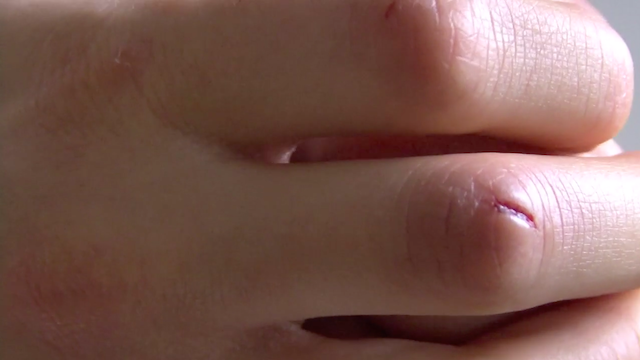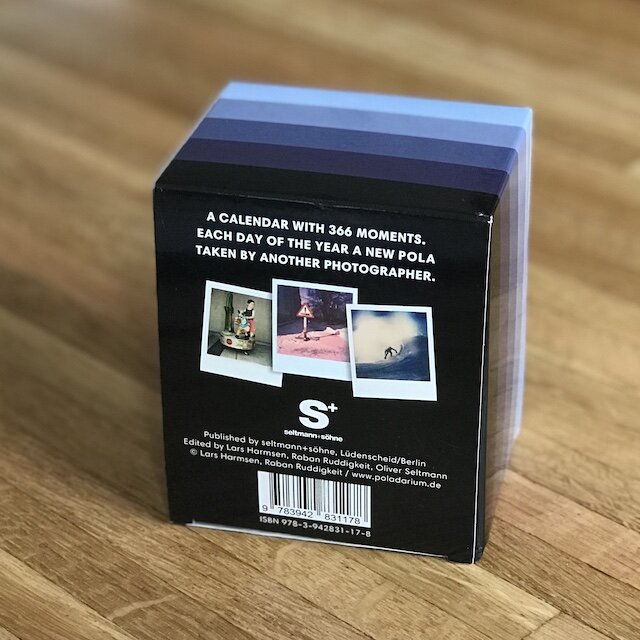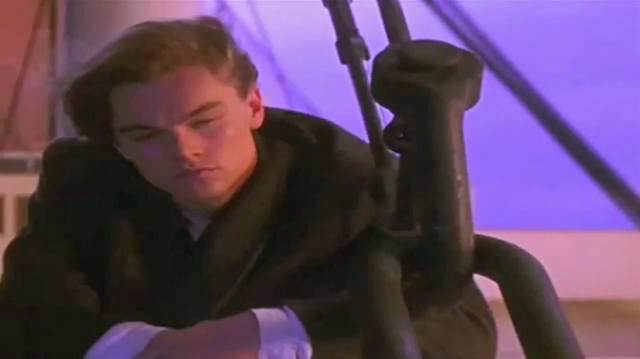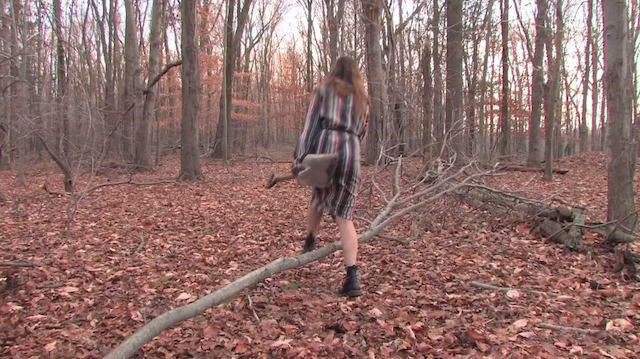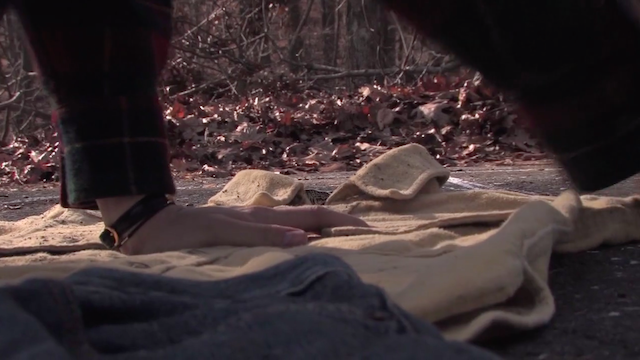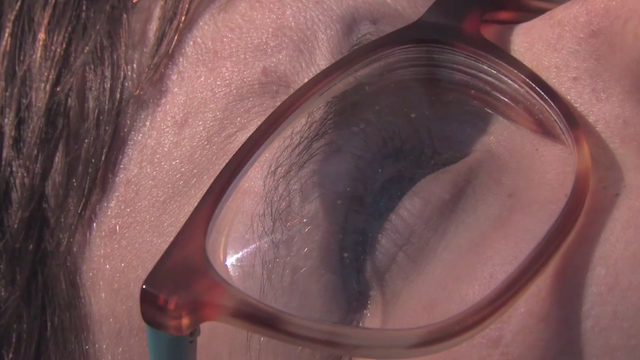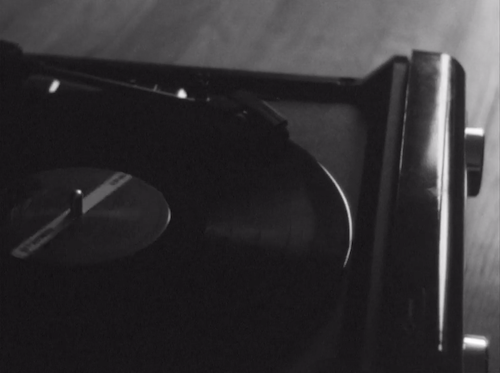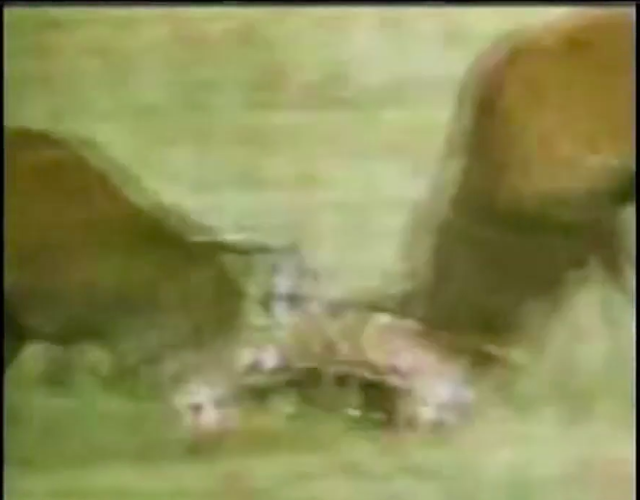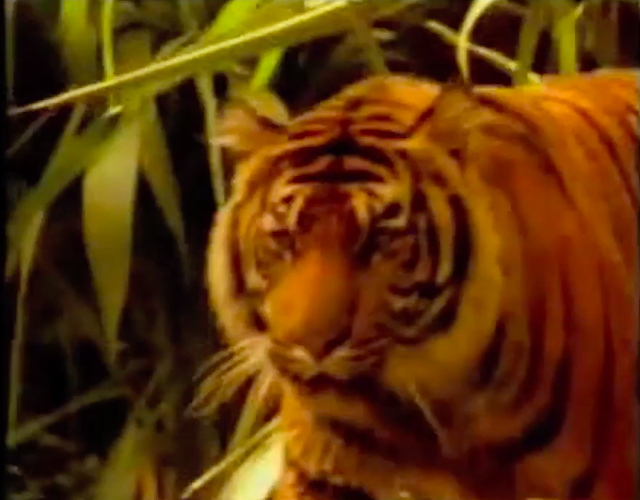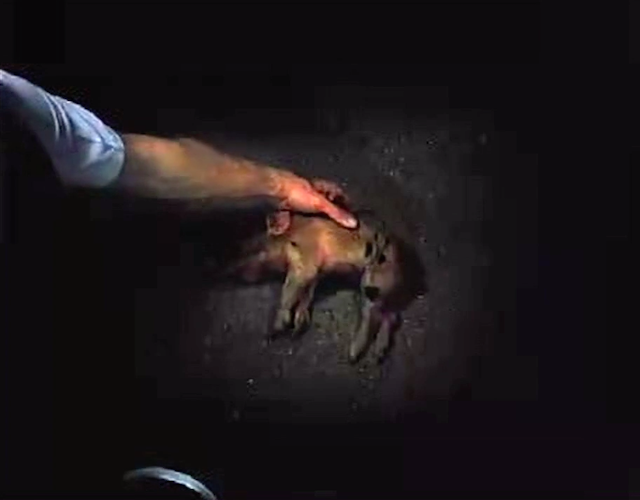Waiting
India ink and pencil drawing from found antique photograph | 5” x 7” drawing on 9” x 12” watercolor paper | Edition of 1 | 2023
The Prospects
India ink drawing from found antique photograph | 5” x 7” drawing on 9” x 12” watercolor paper | Edition of 1 | 2023
Nobody Knew
India ink drawing from found antique photograph | 5” x 7” drawing on 9” x 12” watercolor paper | Edition of 1 | 2023
Looking Ahead
India ink drawing from found antique photograph | 5” x 7” drawing on 9” x 12” watercolor paper | Edition of 1 | 2023
The terrors of social climbing had no woods to build ladders.
India ink and pencil drawing from found antique photograph | 9” x 12” watercolor paper | Edition of 1 | 2023
Nostalgia
Antique photograph album, 52 printed 4” x 6” cropped frames from Titanic (1997) featuring Leonardo DiCaprio as “Jack” in his final scene | Edition of 1 | 2023
Nostalgia objectifies the memory of a dramatized scene of a fictitious account of a real life tragedy, filmed with forgery and viewed through electronic means, by printing the images one would never try to commemorate in real life, in order to archive them physically for re-viewing as one would do with snaps and mementos generally from the time period.
The blockbuster film Titanic (1997) is art imitating life, based on the true historic sinking of the Titanic in 1912, which lost over 1,500 lives. The film is the second-highest grossing film of all time, reaching over $2 billion worldwide. I have previously explored deconstructing the romantic success of the movie in my 2011 video artwork, Sinking the Titanic (towards the bottom of this page).
Nostalgia was begun in the fall of 2022 and completed on Monday, June 19, 2023. I later learned that at the same time as I was completing the work, the submarine Titan had gone missing on an expedition into the Titanic’s wreckage.
Prototyping
Below are a few images documenting my early prototyping for Nostalgia over the course of many months. Digitally printing physical instant film in both the standard Polaroid and more recent “Mini” sizes required many trials to achieve legibility of the digital source images I was using, after recording a not-very-high definition video clip of the scene from Titanic, parsing the clip into frames, sending the frames to my phone, and testing the image format, color, contrast, and saturation with each print run, which varied due to film type and age, printing device, and pixelated noise artifacts within the source images that are not visible in their original digitized files when viewed on a phone or laptop.
The 4” x 6” photos ultimately used in Nostalgia are, obviously, not instant film creations, but evoke the use of a 35mm film or disposable camera. These images were unaltered prior to printing, compared to the various revisions I needed to test when translating the digital source images into physical instant film objects seen below. The two tried Polaroid formats did not capture the images as I wanted them to appear, and they spoke to an era and choice that did not fit with my project, especially in the context of the antique photo album. While early photographic techniques are perhaps closer to the concept of a Polaroid’s instant capture, the subtle conspicuousness of the printed 4” x 6” worked best to remove distractions.



The Philosopher's Stow
Artist, folding table, folding chair, black velvet tablecloth, artificial lawn, A5 Midori paper pads, pens, custom edition/date/signature stamp, "free poems" neon sign, handwritten paper signs, bookstands, cardboard scanner box, public Are.na channel, perfect-bound thesis books, staple-bound booklets, staple-bound graphic memoirs, hand-folded zines, risographed black-and-white hand-drawn comics, cellophane-wrapped thermochromic postcards, business cards, tchotchkes, interactions | 2022, or earlier, or ongoing
NOTE: Due to catching COVID-19 just before exhibition opening, I was unable to attend The Philosopher’s Stow when it was live at the Rhode Island Convention Center for RISD’s Graduate Thesis Show from May - June, 2022. Thus, documentation is of a revised version that did not include me. The piece as intended remains to be shown and done.
The Philosopher’s Stow uses the art book fair table as a medium to display roughly a dozen books and printed matter I've designed and written (or drawn) which reflect my research from the past two years in the Digital + Media program. This research as a whole — across each of the books, zines, and prints — has been an investigation into legacy and objecthood, and a skepticism towards images and perception, the visible and the invisible, truth and belief. All items are available for purchase, plus one DIY take-away for free (see all books here) which visitors can inquire about with me directly as I am sitting at the table. Additionally, I write free improvised poems for anyone who wants one, to give objecthood to the fleeting exchange that occurs between myself and visitors — courage and curiosity culminating in a unique piece of hand-inked paper. The poems, in their written objecthood, become pieces of Art: each one is stamped as an edition of 1, signed, and dated before visitors take their personal poem home. This improvised poetry is a reprisal of the live poetry reflexes I wrote at the NY Art Book Fair in 2016, at MoMA PS1.
The Philosopher’s Stow as a title is a play on the name for the mythological philosopher’s stone, a gem believed to bestow immortality upon the one who possesses it. The stone, however, has never been able to be proven to exist. In The Philosopher’s Stow, immortality is bestowed via objecthood: an inventory (to stow) of printed thoughts is given a mortal life, but the potential for immortality cannot be proven in the present. The lifespan of my words and drawings remains unknown, mythological at best; to be in possession of one of the books or prints is to have only part of a whole, to be in the midst of time’s flow without knowing the end: Is this piece immortal or not?
As a multidisciplinary artist who has always identified first as a writer, I've been liberated by finally utilizing the book form as a vessel for my thoughts: I'm giving objecthood to what I could otherwise talk about with you, the sounds and images that are in my head but can't be transmitted or projected without some sort of gesture on my part. The book is a body, a corpus, and what is contained within are the words that, for me, make the art happen: the impetus for thoughts, the catalysts to generate activity in your own mind, you the reader. Reading someone's words is, in some ways, entirely a relational activity. As you read this web page, you are having your own thoughts while reading my own, but you cannot behold either; if you print out this page, then you have it in objecthood. The Philosopher's Stow is a celebration of selections from my multi-pronged research practice over the past 2 years, in the form of printed objects, handwritten objects, and live exchanges with me. I am indebted to reading Nicolas Bourriaud’s Relational Aesthetics (1998) in February 2022, which revealed to me an arts taxonomy for the kind of practice I have most felt at home producing: one in which the art occurs and can be found in the exchange and activation between the artwork itself, the artist, and the viewer.
Photos with Dad
21 Fujifilm Instax Mini color photographs taken with a Polaroid 300 camera, glossy printed 4” x 6” color photograph of my father (taken 3 weeks before his death) cut and mounted on cardboard, lurking spirit residues | 2022
These instant photos of my father were taken in April 2022.
My father died unexpectedly in August 2018.
This is a collection of new photographs of my father.
Originally designed and proto-typed to be printed as a photo book, Photos with Dad is instead an ongoing project for the time being. An instant photograph is considered an instant fact: an unaltered record of what was presented before the lens. Filters are available for instant cameras, and techniques are available for affecting the chemical development of the image, but anything visually legible or recognizable in an instant photograph is, for the most part, assumed to have truly been present.
Hence why I chose a Polaroid camera to take new photographs of my father, four years after he had died. The resulting photographs frequently contain my hand — quite literally — in the frame, holding my cardboard cut-out of the last photo of my father while he was alive, taken three weeks before his death. Now, I have photographed him anew four years later. Are these in fact images of my father, or not? Are they images of a dead man, or images of a likeness, rather than images of a person? What’s more is that none of these instant photographs have been edited, altered, or filtered in any way after being shot, but a very obviously green, sometimes yellow-orange, phosphorescence is often obscuring my father’s image in the images.
I photographed my father around Manhattan at sites that I associate with him. In the order of the slideshow above, these include: Central Park, the Metropolitan Museum of Art, his office building on 7th Avenue (“Fashion Ave"), the Sheraton Hotel where he met my mother at a gala in 1984, the Museum of Modern Art, the Central Park Zoo, the Guggenheim Museum, and Radio City Music Hall.
The Non-Dominant Hand in “Thy Fair Lady”
Original comic: 9” x 12” sketch paper, Deleter pen with Saji nib, black India ink | Jan 2022
Print: 11” x 17” black and white risograph, hand-signed and numbered | Edition of 75 | May 2022
This three-panel comic on the notion of “seeing is believing” was pencil-sketched using only my non-dominant hand, then inked over using the same hand. It is a wobbly, determined gag about beliefs and expectations, borrowing plot from conventional fairy tale structures of relationships and quests.
Postcards From a Bardo
100 color stock images of forests printed on 5” x 7” postcards, black-transparent thermochromic paint activated at 77 degrees Fahrenheit, 65" tall standing display rack | 2021
Where there are woods, there is a way through. Historically the woods have served as places of caution, mystery, and intrigue; the sites of forbidden wanderings or clandestine, perhaps magical, meetings. The woods also serve as a living border, separating two sides of a terrain that one must travel through in order to emerge “on the other side.”
Moving from the commonplace woods that conceal the River Lethe in ancient Greek mythology's story of reincarnation, to the Buddhist concept of the transitional states between death and rebirth called bardos, and looking at Martin Heidegger's translation of the Greek notion aletheia (an entering into a state or place in which one is open to receiving the truth), I saw the woods as obvious metaphor for the liminal experience of the unknown: a place of obscurity from which to emerge with clarity and knowing. You can’t know what’s in the woods unless you go in; you can’t share what’s in the woods unless you find your way out.
Postcards From a Bardo questions the peculiarity that would arise from sending someone a message from within a transition, or lack of clear understanding, a pre-knowledge. We reach out for help if we contact someone when needing guidance — we don't say, "Wish you were here!" as if to brag of our indeterminate mentality. Elaine Scarry described sending a postcard as a form of distributing (sharing) the beauty of a place; why don't we share our uncertainty when we are psychologically in limbo? And who’s to really know what’s “on the other side” when in the throes of traversing through a transition, whether it’s writer’s block or moving to a different city or starting a new relationship (or ending an old one) or reaching the end of this life?
Each postcard features a different stock image of an idyllic forest scene from around the world, concealed by black thermochromic paint. Activated at 77 degrees (F), which is easily reached by the heat of your hands or sitting in sunlight, the paint turns transparent and reveals the image in parts. But the revelation is only as long-lasting as the heat change, before being concealed again. Presence — awareness — is the only way visitors to the piece can see the different images with clarity, by holding the cards and enacting the transformation they can personally witness. The image caption on the back of each card permits viewers to fill in the blanks with their own concepts of being “on the other side”:
I'll meet you , on the other side, when you've and ,
and you where you are, I'll find you there. I , so don't .
Exhibited in the group show Transitory Void at Cyberarts Boston Gallery (Jamaica Plain, MA), Mar-Apr 2022.
Exhibited in the group show 1 + 1 = 22 at Sol Koffler Gallery (Providence, RI), Jan-Feb 2022.
Recipient of a Materials Fund Grant.
Top photo by Jordan Metz.
Anastasia (Dear Kind Sir)
Human-generated text, AI-collaborated variations on stock photos of a non-existent woman, delivery via 6 “spam” emails | 2021
Asked to create a human-machine interaction in the form of a short fiction, this work plays with our expectations of both humans and machines during communications, a modern twist on Alan Turing’s imitation game (1950). Spread across six, timed-apart emails, readers will receive messages from “Anastasia” including a photograph that may or may not be from “her” while she continues to solicit contact both online and IRL. Additional texts from me, commenting on themes of the work, are included at the bottom of each email.
The messages from “Anastasia” were composed by me, posing as a spam bot posing as a person. They follow the stereotypical grammatical constructs and inconsistent formatting of spam-mail, while exploiting gender tropes of heteronormative romantic situations. The images of the woman in each email are all AI-generated using Artbreeder, in which I controlled the edited “child” product of two “parent” images I uploaded: stock photos of two different women. Thus, the person in each image does not exist, and each image is a variation on the one before it. The name “Anastasia” is of Russian and Greek heritage, meaning resurrection, as spam finds its way back regardless of being filtered out or deleted.
But what does a reader know about who (or what) is writing, sending, or photographed in each email? How does a recipient filter the “random” aspect of receiving a spam email from the plea for help within it? Can there be serendipity in spam? Is all spam failing a Turing test, or are we?
Selected as 1 of 11 works for publication in The Photographers’ Gallery digital program Flash Fictions on Alternative Networks, on their platform Unthinking Photography. The project was originally planned to be available for people to sign-up for emailed pieces sent intermittently over a period of a few weeks, starting in August 2021 for a year. However, once the program was launched it was quickly shut down by the email hosting server Mailchimp, due to my piece Anastasia. You can read the interview between myself and digital producer at The Photographers’ Gallery, Sam Mercer, in Not Spam: A Conversation with Shelby Shaw published on Unthinking Photography (June 2022).
Real Sight Objects
Overhead projector, transparency with 2D-printed image of a 3D object, custom signature- and date-stamped drawing papers, colored pencils, photochemical developing trays, pedestals | 2021
A randomly generated 3D object (natively digital) is printed onto a transparency (objectified as analogue), which is projected by an overhead projector (analogue) onto a wall. Viewers (subjects) are invited to take a sheet of paper and trace or copy (objectify) the image on the wall using colored pencils. Naturally, nobody is able to make a perfect copy; every “copy” is a subjective result of choices and preferences.
In this act, the viewer becomes an object by becoming the copier.
The traced image becomes an object of the printed image.
The traced image is an imperfect edition, or copy, or version, or impression of the printed image.
The printed image is an object of the source model, which was generated by a computer and never existed to be seen offline from a monitor.
The projected image only exists because it was objectified by being printed.
The version that viewers create is an imperfect object of their subjective vision.
The source model is continuously degraded through modes of objectification: print to transparency, project from overhead projector, trace by human sight and hand.
The viewer sees the object, but cannot create an objective copy.
Recipient of a Materials Fund Grant.
How Can I Explain This?
Artificial lawn, air-filled foil balloons, stuffed animals, plastic dolls, plastic dinosaurs, Masonite, Legos, theremin, 9V battery | 2021
Energy form(at)s of life and death are tested in the installation How Can I Explain This? which challenges viewers to assume a judgmental approach to the topic of death. Staging a funeral using toys and artifice leaves viewers to use their own morals and opinions to decide what the installation is portraying: a child "playing funeral" with a bunch of toys, or a scene set-up by an adult as "art"? Is it to teach a child about death, or is this an imaginative act by and for children?
More importantly, who is the "I" who is trying to explain the scene of play or the event of death or the discovery of feedback from the theremin toy grave?
Viewers are invited to sit on the artificial lawn and to "play" with the toys. Handling the toy grave triggers the theremin inside of it to emit a loud and obnoxious sound. The theremin responds to the living viewer, not to the stuffed animals.
Recipient of a Materials Fund Grant.
The Office Panel #001
3D comic panel modeled from primitives only, dirt.jpeg, carpet.jpeg, text, silent | 2021
This scene, modeled organically from primitive shapes only, serves as the starting frame for telling the (perhaps unreliable, perhaps non-linear, perhaps anti-heroic, perhaps self-righteous, perhaps historical, perhaps fictional) story of an illicit office romance, in which societal expectations and constraints around normative gendered workplace etiquette and taboo behaviors are explored (and perhaps acted upon, perhaps suppressed, perhaps revealed, perhaps reported).
The Quantum Album (July 1993, 940.8 MB Loss)
3D models generated from digitized 1993 Video8 tapes, rotating holograms programmed in p5.js, 1/16” Plexiglas displays, 24” monitors, Mac Minis, stainless steel shelves, silent | 2020
Using photogrammetry, I generated 388 individual 3D models from footage (1987-2004) of my dead father, then wrote a program in p5.js to project the models as holograms constantly rotating along their Y-axes, which would appear reflected on the faces of the Plexiglas displays I fabricated. The models appear interlaced and doubled through the thickness of the Plexi, an echo of their source material and the digital reincarnation from organic subject to SD video to computer-generated 3D model.
The four models in this exhibited version compose Quantum Album (July 1993, 940.8 MB Loss) and are titled for the loss of data between the size of the video frame files and the end result of the 3D object. For example, the first model encountered is titled:
569.2 MB Loss
Richard (1993, daughter's first birthday, New York)
Memory: Video8 tape to .mp4, 318 .tif frames, 570.1 MB
Hologram: sparse cloud .obj, model 10a, 874 KB
You can read more about my research and process for creating The Quantum Album in my essay Constant Death: Immortalizing the Archive.
Invited into the group show memories and how we hold them at Gelman Gallery (Providence, RI) in 2021. Curated by Ethan Murakami and Kasia Hope.
Fictional Fidelity
multimedia hypertext website | 106 html pages, silent | 2020
This hypertext explores relationship infidelity through an unmoored narrative perspective, using my personal camera roll of photographs and videos, my own collages and artworks, appropriated videos, simulating texting, and literary quotes. Part memoir, part fiction, part “based on a true story,” part fantasy, part scar.
There is no official end page nor story ending. It is recommended to go through the site at least twice, to follow different links.
Note that Fictional Fidelity contains some NSFW language and imagery.
Fictional Fidelity was published in edition 10 of ORAL.pub in December 2023, and is now hosted on their site here: https://oral.pub/shelby-shaw/
Pixel Pickers
Programs written in Processing | 2020
Left: The 6 frames flanking the central image reveal a close-up view of the pixels surrounding the cursor’s position, in a varying degree of magnification.
Right: The checkerboard of frames reflects the color of the pixel towards which the cursor is pointing.
Tulip Mania
Video, VR gardening, AR, screen recordings, text, sound | 8 minutes | 2020
Tulip Mania uses virtual gardening, screen recordings, rudimentary AR, and gaming perspectives to comment on value, access, and infection. With a tongue-in-cheek narrative, the text explores how tulipomania in the 17th century had inflated the worth of the arbitrary tulip flower — particularly those infected with TBV, a plant virus — until its absurdly high prices finally burst the economic bubble of the Dutch Golden Age. In parallel to the current market inflation around coronavirus, with digital renderings of Covid-19 infections, Tulip Mania is a stoic reflection on viral thinking and commodity using two historical instances of virus 400 years apart.
Premiered online for IFC Center (New York), sponsored by IFC Films, here.
Growing Fondness
Hand-stitched muslin on 9.25” square, 6”-diameter wooden hoop | 2019
All Things Considered
Acrylic and cut magazine collage on canvas | 2018
The text reads: The rented U-Haul bulging with history, and it seems, progress, brings a deep appreciation among those who make them a rogue, effectively fugitive.
What Doesn’t Kill You
Acrylic and cut magazine collage on square canvas | 2018
Words Never Go To Heaven
Acrylic and cut magazine collage on square canvas | 2018
Everything Looks the Same
Video, silent | 1 minute (looped indefinitely) | 2017
Premiered at Plexus Projects (Brooklyn, NY) in the exhibit Future Artifact for Creative Tech Week 2018. Curated by artist Laura Splan.
Bachelor of Fine Arts: (a parody) (and a truth)
Video, sound | 54 minutes | 2013
Premiered in 2013 at the Gene Siskel Film Center (Chicago, IL).
SuperHate: Veto the Radio
Super8, video, sound | 5 minutes | 2013
Premiered in 2013 at ExFEST (Chicago, IL).
Legends from the Hidden Temple
Appropriated video, sound | 4 minutes | 2013
Moi, j’essaye
Video, sound | 7 minutes | 2012
Poladarium
Two Polaroid photographs | color 600 film | 2012
Photographer of two Polaroids selected for inclusion in the first edition of Poladarium, published by seltmann+söhne, Berlin (now Seltmann Publishers Gmbh). Out of print.
Sinking the Titanic
Appropriated video, sound | 13 minutes | 2011
**Warning: flashing and strobing lights throughout video.
Premiered in 2013 at the Gene Siskel Film Center (Chicago, IL).
A deconstruction of one of the most memorable scenes from one of the most successful Hollywood blockbuster films, Titanic (1997), which is the second-highest grossing film of all time, reaching over $2 billion worldwide. It is a fictional interpretation of the true historic sinking of the Titanic in 1912, which lost over 1,500 lives crossing the Atlantic. Sinking the Titanic is an artwork that looks at exactly what makes a memorable scene’s images, frame by frame, and deconstructs the romanticism that commercial success and green screen backgrounds have contributed.
It’s Date Night
Video, sound | 10 minutes | 2011
Dark Matter
16mm film, silent | 8 minutes | 2011
Circling
Found footage, silent | 10 minutes | 2011









